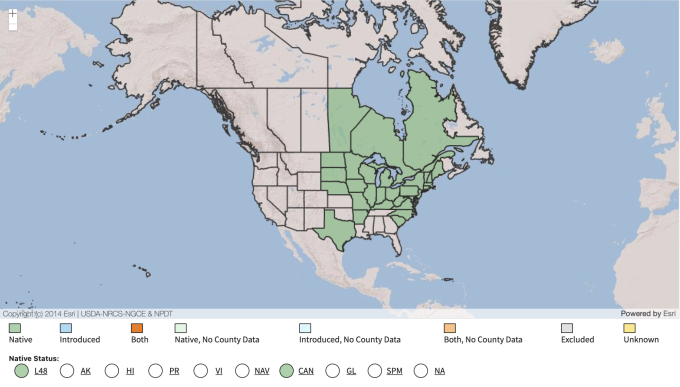Common Name: Gray Dogwood
Family: Cornaceae
Plant Type: Deciduous Shrub
Native Range: Eastern and central North America, including Nebraska
Hardiness Zones: 3–8
Height: 6.0 to 15.0 feet
Spread: 6.0 to 15.0 feet (forms thickets)
Bloom Time: Late spring to early summer (May–June in Nebraska)
Bloom Description: Clusters of small, creamy-white flowers held in terminal panicles
Sun Exposure: Full sun to part shade
Water Needs: Medium
Soil Preference: Well-drained to moist soils; tolerates clay, sandy, or rocky soils
Maintenance Level: Medium
Suggested Use: Wildlife plantings, erosion control, windbreaks, naturalized areas
Attracts: Pollinators, birds, and small mammals
Tolerates: Drought, clay soils, poor soils, deer, occasional flooding
Notable Features: Dense thickets, white berries with showy red stems, excellent for wildlife and stabilization
Nebraska Growing Notes:
Gray Dogwood is a durable, native shrub widely distributed in Nebraska and valued for its adaptability and wildlife benefits. It thrives in full sun or part shade, making it suitable for woodland edges, open fields, or along streams and roadsides.
It produces showy creamy-white flower clusters in late spring, followed by clusters of white berries on striking red pedicels, which persist into fall and are highly attractive to birds. Its dense, suckering growth habit makes it excellent for soil stabilization and wildlife cover, though it may need management to prevent it from spreading beyond desired areas.
Once established, it tolerates heat, drought, and occasional flooding, making it a great choice for challenging sites.
Landscape Use:
Best used in naturalized areas, windbreaks, wildlife habitat gardens, prairie or woodland edges, and erosion control plantings. Pairs well with Cornus drummondii, Prunus americana, Amorpha fruticosa, and native grasses in layered plantings.
Caution:
Non-toxic and highly beneficial to wildlife, but its suckering growth can overwhelm smaller or more formal garden settings. Regular thinning or mowing edges can help maintain boundaries.
Garden Locations:
Sources:

